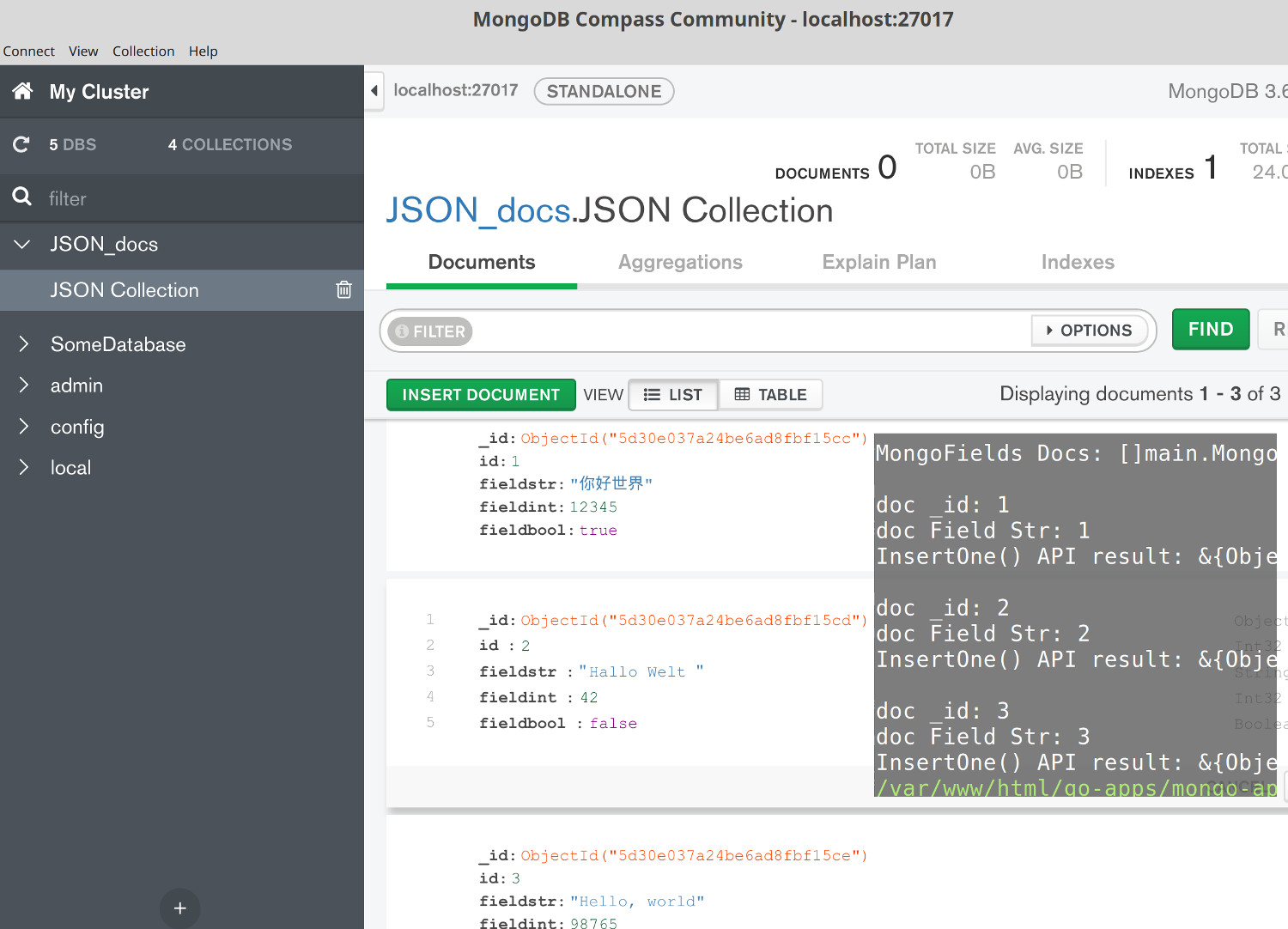
- #MONGODB COMPASS CREATE USER UPDATE#
- #MONGODB COMPASS CREATE USER PASSWORD#
- #MONGODB COMPASS CREATE USER DOWNLOAD#
#MONGODB COMPASS CREATE USER PASSWORD#
If it is username and password then select Username / Password Tip Create a User You can grant a user privileges by assinging roles to the user when you create the user. The userAdmin or userAdminAnyDatabase role both confer the privilege to create other users. The first user you create must have privileges to create other users. Authentication: Choose your authentication type. You can add a user with the db.createUser () method using mongosh.Port: If you haven’t changed you can leave it as default or you can add new one if it is different.Hostname: The hostname of your MongoDB server.Click on Fill in connection fields individually.It will take you to the Create Database pop-up dialogue. Go to Connect menu from top left and click on Connect to Step 1: Click on the Create Database button from the database tab.The users privileges are not necessarily limited to this database.
#MONGODB COMPASS CREATE USER DOWNLOAD#
Download MongoDB compass from this link. The db field specifies the database associated with the user.Let’s connect MongoDB database with SSH tunnel using Compass

In this tutorial, you have used MongoDB compass on operations like insert, delete, and querying documents with filter and find.

It helps users in activities like Indexing and Document Validation.

#MONGODB COMPASS CREATE USER UPDATE#
In this post, we will use MongoDB Compass a Graphical User Interface (GUI) for querying, aggregating, and analyzing our data in MongoDB. You can create, insert, update and delete documents in databases with straightforward options rather than writing manual queries in MongoDB Compass. In this case, you may need to connect to MongoDB database with the SSH tunnel using a Compass. I mention that I need it to configure a spring boot application.properties file on the localhost by giving the user and password like here: Local MongoDB config -databaseadmin. However, the same username may be reused with a different authentication database to create a. Let’s say, you have a MongoDB database server in your private subnet, which means you can’t connect or access it publicly. A user account name must be unique in its authentication database.


 0 kommentar(er)
0 kommentar(er)
